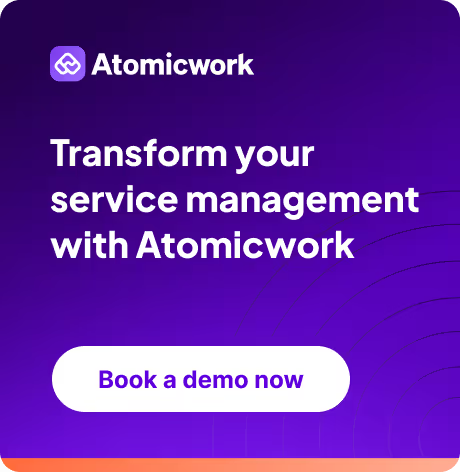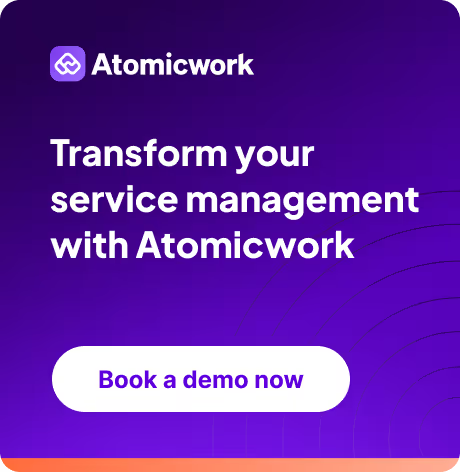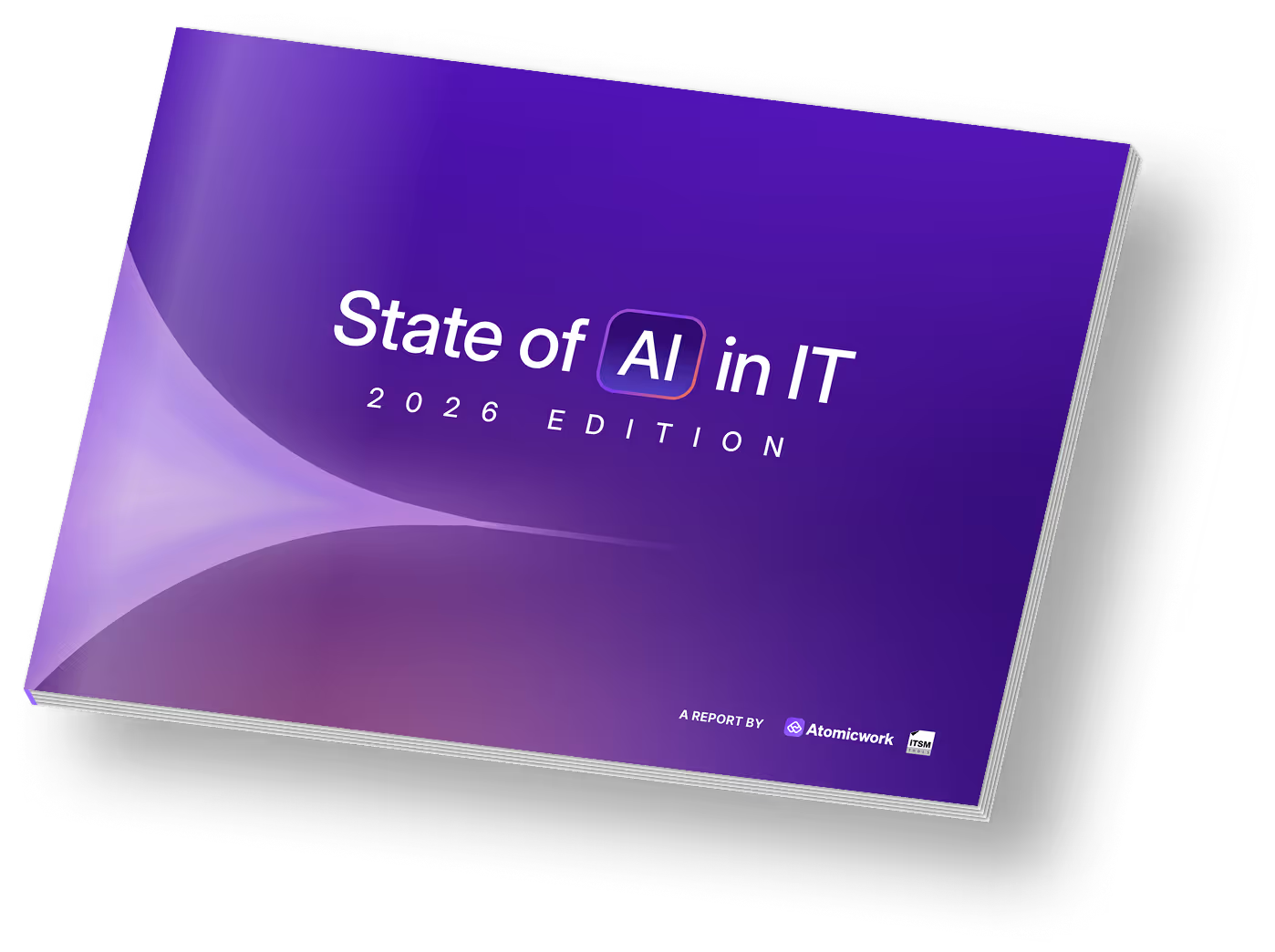Context engineering: The secret weapon of CIOs architecting the future of IT
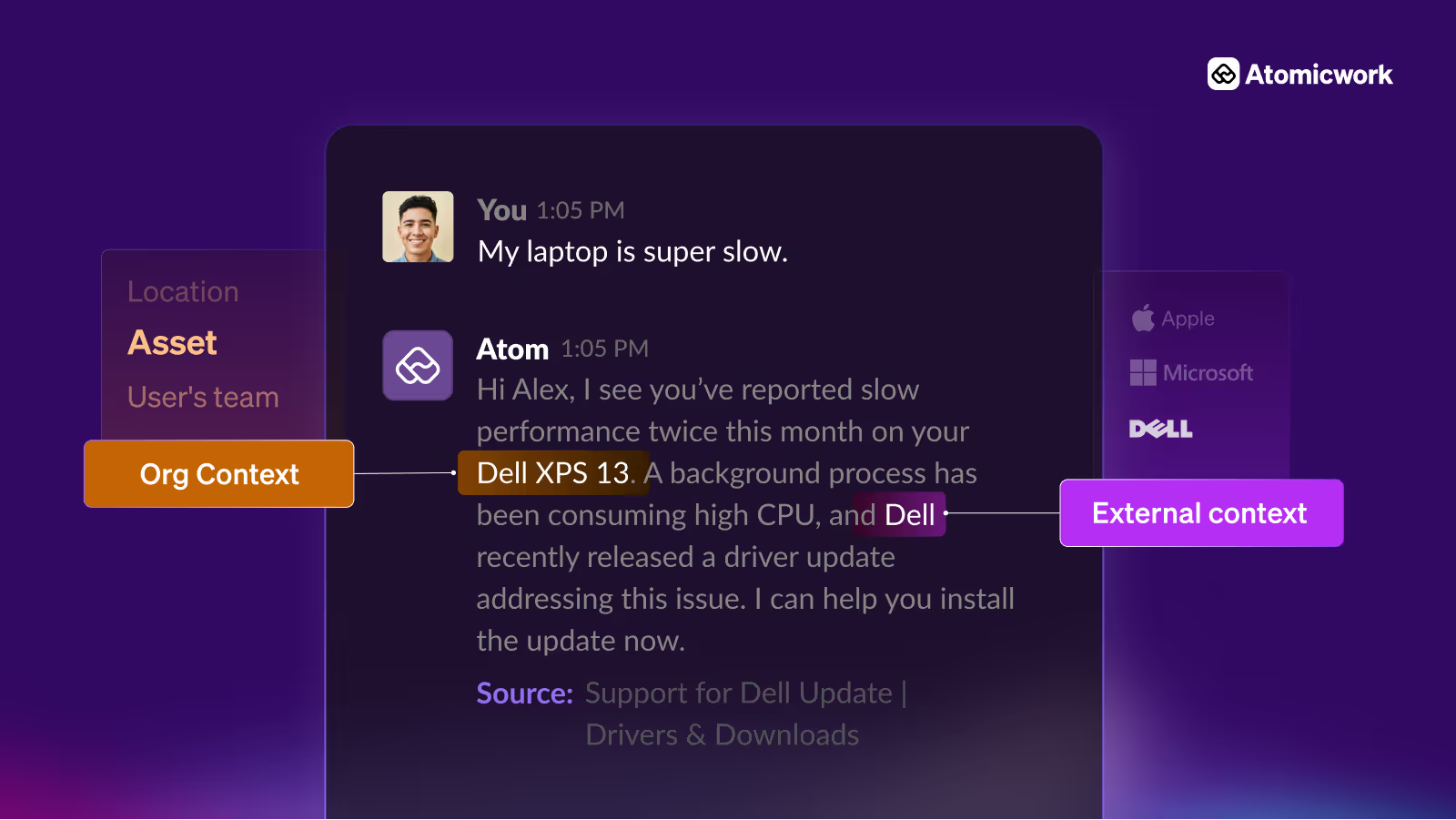
Today’s enterprise IT landscape is NOT lacking data. Increasing tools sprawl and complex systems generate petabytes of data. But enterprises often lack what matters most: context.
CIOs are under pressure to enable smarter systems that respond quickly and accurately to employee needs, yet the gap between user input and system action is widening. Without understanding who a user is, what they’ve done, or what they might need next, systems default to inefficient routing, generic response, and missed opportunities for automation.
Enter context engineering: the discipline of systematically capturing, enriching, and applying contextual signals across the enterprise.
Definitely a +1 for what former Director of AI at Tesla and OpenAI, Andrej Karpathy has to say about context engineering.
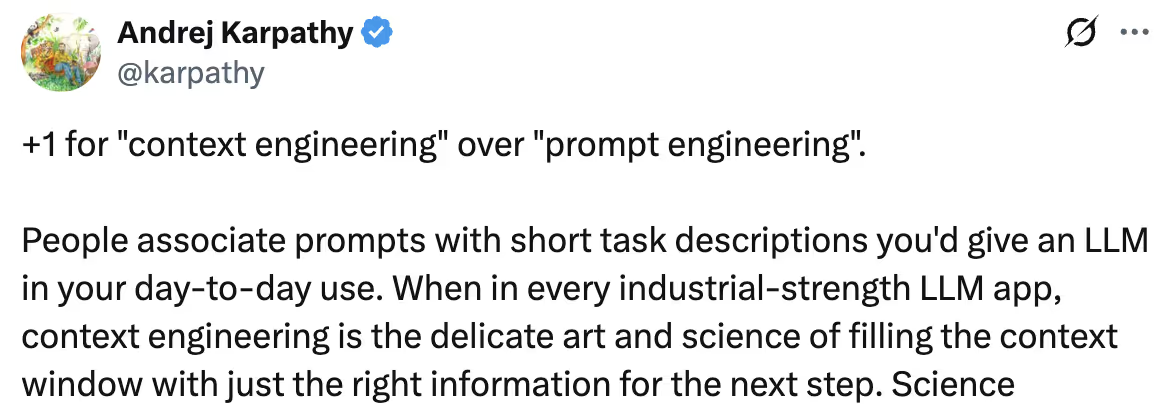
For CIOs, this is not just another technical layer but it’s a strategic capability that their IT orgs can use to drive personalization, proactive service, and intelligent automation at scale.
Why CONTEXT matters now more than ever
If you’re wondering what this sudden buzz about context engineering is all about, here are a few factors that’ve led high-growth businesses to zoom in on context now.
1. GenAI and Natural Language interfaces demand it
As AI agents like Atom become the interface to IT, HR, Finance, and other business teams, they must interpret vague or conversational input like "My laptop is slow again." To respond meaningfully to queries like this, AI agents need user history, device state, and prior tickets, which context engineering helps with.
Natural language is inherently ambiguous and LLM-based GenAI tools depend on context to disambiguate intent, detect urgency, and personalize responses. The quality of these systems is directly tied to how well context is modelled behind the scenes.
2. Automation requires precision
Relying solely on keywords or static rules introduces too much ambiguity. Without context, automations may misfire, escalating issues to the wrong teams, generating redundant tickets, or missing requests altogether. Better automation starts with better context.
Take a request routing example. A rule-based system might route a "VPN not working" ticket to a network engineer. But a context-aware system can detect that the user just returned from a business trip and has a revoked token, classifying and resolving it faster by identifying the underlying access issue.
3. Data keeps abounding, context is scarce
Current organizations ingest data from dozens of tools Okta, Azure AD, Jira, Notion, SharePoint, Slack, and more. But this data is scattered and siloed, making it unusable for your enterprise teams like HR, Finance, Sales & Marketing. Context engineering draws data from multiple sources and stitches it together for a unified view of each user and the enterprise impact.
- Data: "User submitted a ticket."
- Context: "User submitted three VPN tickets this week while traveling, from a new device."
Context turns static events into insights that drive automation logic, personalization, and smarter triage so that automation and AI can act intelligently.
What does context engineering comprise of?
Context engineering is the process of designing systems to capture, enrich, and apply situational, behavioral, and structural data to improve decision-making and automation.
Think of it as building memory into enterprise systems in the form of:
- Short-term memory: Recent history or session-level interactions like a ticket submitted 15 minutes ago that needs to be remembered for just a short span to
- Long-term memory: Historical interactions, past requests, device or access patterns that enables personalized experiences by remembering preferences, previous tickets, or even recurring incidents.
- Spatial memory: Inferred signals with fuzzy boundaries like preferences, recency-weighted topics, or patterns in user behavior. This component is dynamic and subjective, adapting over time.
- Information from different sources: In a typical enterprise, this could be your:
- Identity management tools like Okta
- HRMS such as Workday
- ITSM request history from tickets, incidents, resolutions
- Asset and device metadata
- Current session signals like location or active directory status
- Intent signals from conversations and search queries
- Cloud and network infrastructure

- Instructing tool usage: Context modelling to dictate what next steps or ‘tools’ AI agents need to call to carry out specific actions. Based on user inputs and past context, a master AI agent like Atom, can call a tool like the Diagnostics Agent in the background, to help an end user troubleshoot.
By tapping into these signals and stitching them together, context engineering builds a living, breathing memory of the enterprise.
Strategic applications for CIOs and IT teams
The context derived from multiple enterprise sources has strategic benefits for IT orgs including:
1. Contextual end-user support
Aggregating real time context, AI agents can provide faster, smarter, and more natural support on conversational interfaces without having the user explain every detail.
Let’s take an example scenario.
If an employee travelling to a different office location messages ‘I’m stuck outside the SF office’, context-aware AI agents can:
- Identify that the employee is in a different office instead of their base office
- Suggest office entry codes understanding that their travel is approved
- Intelligently spot that they’s maybe need a visitor pass and pull the appropriate service item
All this saves a ton of back-and-forth conversation and time for your employees, improving the overall workplace experience.
2. Smarter assistance to human agents
Support agents in service desk teams benefit from context-rich recommendations.
Let’s say a system administrator wants to troubleshoot a malfunctioning laptop.
Atom can fetch actionable information for the sys admin from the enterprise context it has access to and:
- Summarize the incident based on past conversations, end user details, and any actions taken by the user based on prior L1 support offered by Atom
- Identify the impacted asset and pull up device details along with warranty period information
- Triage across asset data, previously closed similar requests, and official vendor web sources to generate a Root Cause Analysis
- Generate recommendations by looking at resolutions from previous requests and trusted web sources with citations
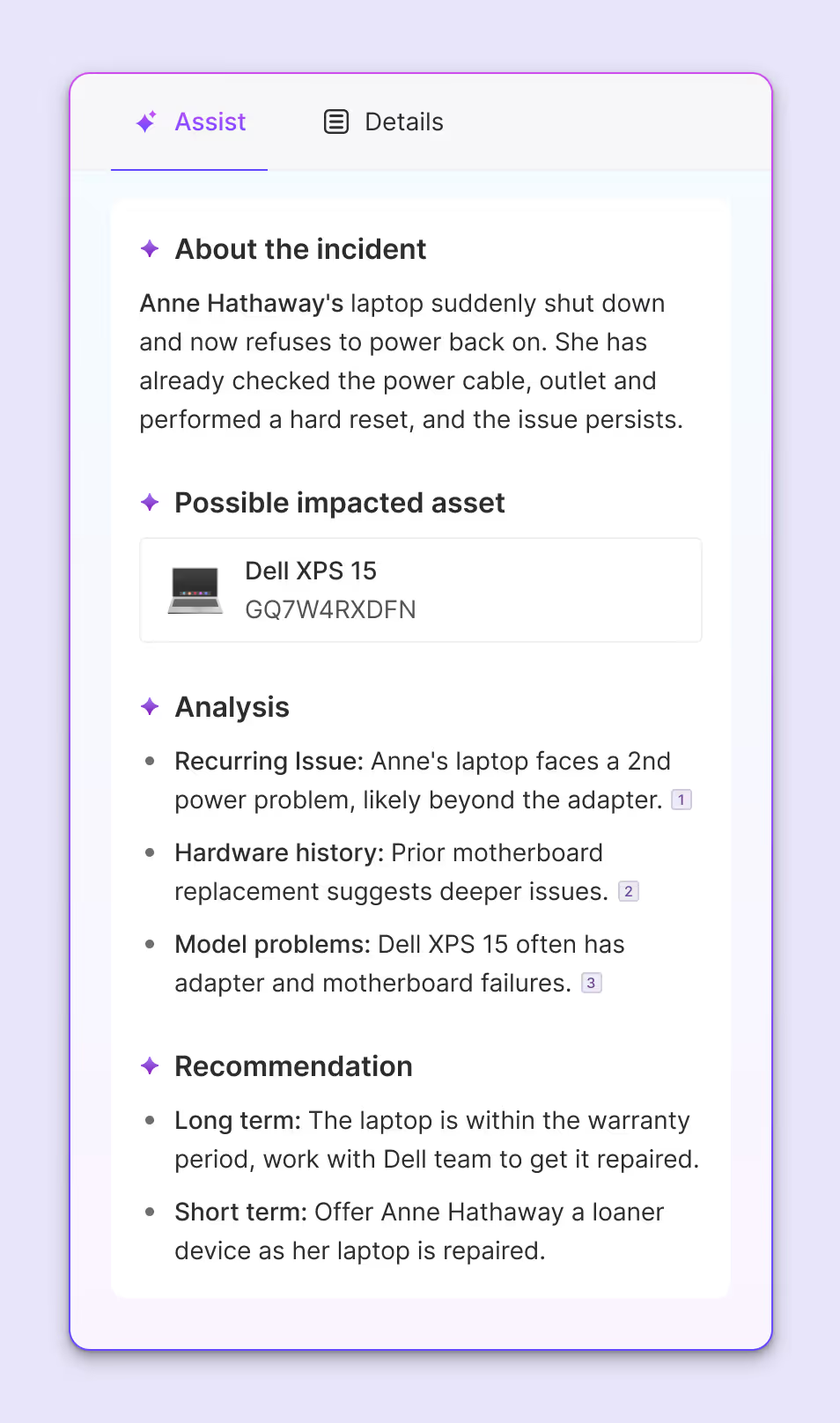
For high-volume support teams, this means faster triage, fewer escalations, and more consistency in resolution quality. Agent workflows are no longer reactive, they're augmented with intelligent, in-the-moment assistance.
3. Proactive incident resolutions
With context engineering, IT teams can troubleshoot and resolve issues quickly while maintaining service delivery levels.
For example, Atom can recognize when a user raises a Wi-Fi access issue:
- what office location they’re from,
- which team they belong to
- correlate with similar issues raise in the same time period by multiple users from the same location to detect patterns
- avoid creating duplicate incidents and map them to a primary incident if it’s already being addressed
- send proactive updates to end-users
This kind of proactive problem detection and automated grouping transforms IT operations from reactive firefighting to strategic prevention.
How to Approach Context Engineering in the Enterprise
Here s few key things to consider when you want to get started with building a robust context layer for your enterprise.
- Data Ingestion: Your context layer is only as good as the data it has access to. Aggregate data from structured (e.g., databases) and unstructured sources like your internal Wikis, asset management systems, MDMs, or access provisioning tools.
- Normalization: Map diverse inputs into consistent schema. Sophisticated AI-driven reconciliation processes ensure that this data is deduplicated, normalized, and accurate for building reliable context.
- Enrichment: Add semantic relationships and behavioral metadata to deepen understanding. A flexible, graph-based data model then allows for real-time contextual analysis, serving as the base for intelligent automation and personalized experiences.
- Design for security: Some context (e.g., device type) is benign while others like passport numbers require masking and access control. Build guardrails for storing, masking, and transmitting context based on sensitivity and compliance needs. Not all memory is worth keeping, and some must be actively forgotten.
- Ensure interoperability: You shouldn’t have to restructure permissions or rebuild knowledge hierarchies for context fluidity. Design your context layer to work across tools and not just within one platform.
Having a strong context pipeline turns raw data into a context graph, which powers everything from granular analytics to proactive resolutions.
Parting thoughts
When implemented with intention, context engineering becomes the invisible infrastructure that powers smarter AI agents, more reliable automation, and deeply personalized end-user support experiences. It is foundational to the future of enterprise work.
For CIOs looking to drive AI-powered operations and experience-centric IT, context isn’t optional. It’s the edge that turns systems from reactive tools into trusted digital teammates.
As with most things in tech, it's not about building the most sophisticated solution. It's about building the most useful one—and context, done right, is exactly that.
You may also like...
































